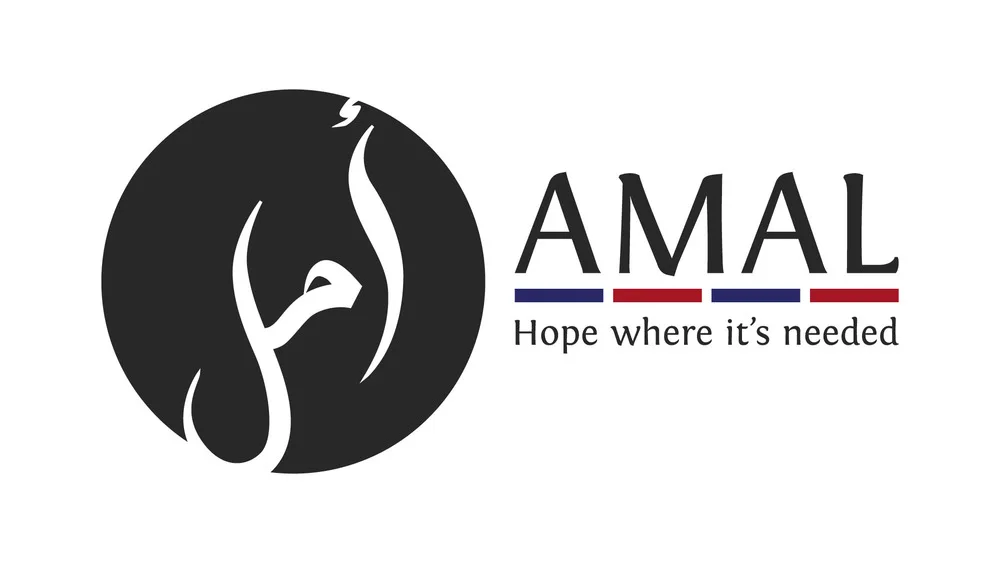STITCHIT
"StitchIT," with an aim to increase the rate of success, and to lower the rate of homeless/jobless foster young adults.
With the promise of the circular economy in mind, the proposed initiative aspires to be part social enterprise part mobile design hub, and part alternative education while utilizing the mobile retail business emerging trend in New York City.
TEAM
Ann Marie Puente, Emine Arikan, Chinos Maduagwu, Lauren Foisy, and Zara Yujung Chen
PROBLEM
Thousands of adolescent youth are uprooted and displaced each year part an endless cycle of the foster care system in the United States. Foster care is care for youth outside the home that substitutes for parental care. A child maybe placed with a family, relatives or strangers, in a group home, or in an institution. Whatever its form, foster care is an enormous upheaval in life of youth and adolescents, who often must adjust not only to a different family, different location, a different school, and different peers, but to a different culture as well.
While foster care is mean to provide a safe and nurturing environment, surveys report that the opposite is occurring; a significant percentage of youth placed in foster care are running away. Adolescent especially, suffer the consequences of not having a support system at a time when they are transitioning into adulthood.
NEEDS OF FOSTER YOUTH
Teens and young adults are adultsintraining. They need and want life models, life coaches, and opportunities to develop into the people they can be. And for the most part their needs and challenges are the normal challenges of adolescent development, not in the young person’s foster care status.
— Fostering Perspectives, 1997
Youth in foster care often face incredible challenges, having been removed from their families, and many times, experiencing severe abuse or neglect. As a result of these obstacles, the ability to maintain a stable, healthy life, is highly disruptive to their educational development; they often to creating a self-sustainable future with gainful employment and education.
- Family and home
- Friends
- Opportunity to express themselves
- Security
- Love and care
- Work
The best strategy to meet these needs is one that helps foster youth 'bridge' the gap to the skills they will need in adulthood.
Bringing in a multitude of industries makes an initiative sustainable in terms of differentiated avenues to raise funds.
POSITIVE SCHOLARSHIP
OUR DESIGN
With the promise of the circular economy in mind, the proposed initiative aspires to be part social enterprise, part mobile design hub, and part alternative education while utilizing the mobile retail business emerging trend in New York City.
THE STITCHIT ENTERPRISE - HOW IT WORKS
THE STITCHIT DEVELOPMENT - HOW IT WORKS
IMPLEMENTATION
FINANCIALS
REQUIRED FUNDING
FINANCIAL BREAKDOWN
STRATEGIC PARTNERSHIPS
SCALABILITY
SWOT
STRENGTHS
Harnessing the future market of the circular economy but in a creative way; empowering youth; providing transferable skills; providing purpose, productivity and a sense of place, Improving human capital quality in community.
WEAKNESS
Difficulty in gaining access to foster youth via the system and/or outside the system; difficulty in ensuring the stigma of “foster youth” is not associated with the program. New organization, learning curve to undergo.
OPPORTUNITIES
Great scalability of such an initiative; potential for a variety of strategic partnerships including celebrity involvement, Potential for other business ventures to be developed.
THREAT
Potential criticism of the program regarding its appearance of de motivating youths from staying in school to pursue alternative educational programs; potential legal liability for youths working with the program. Poor staffing, Poor funding.



















